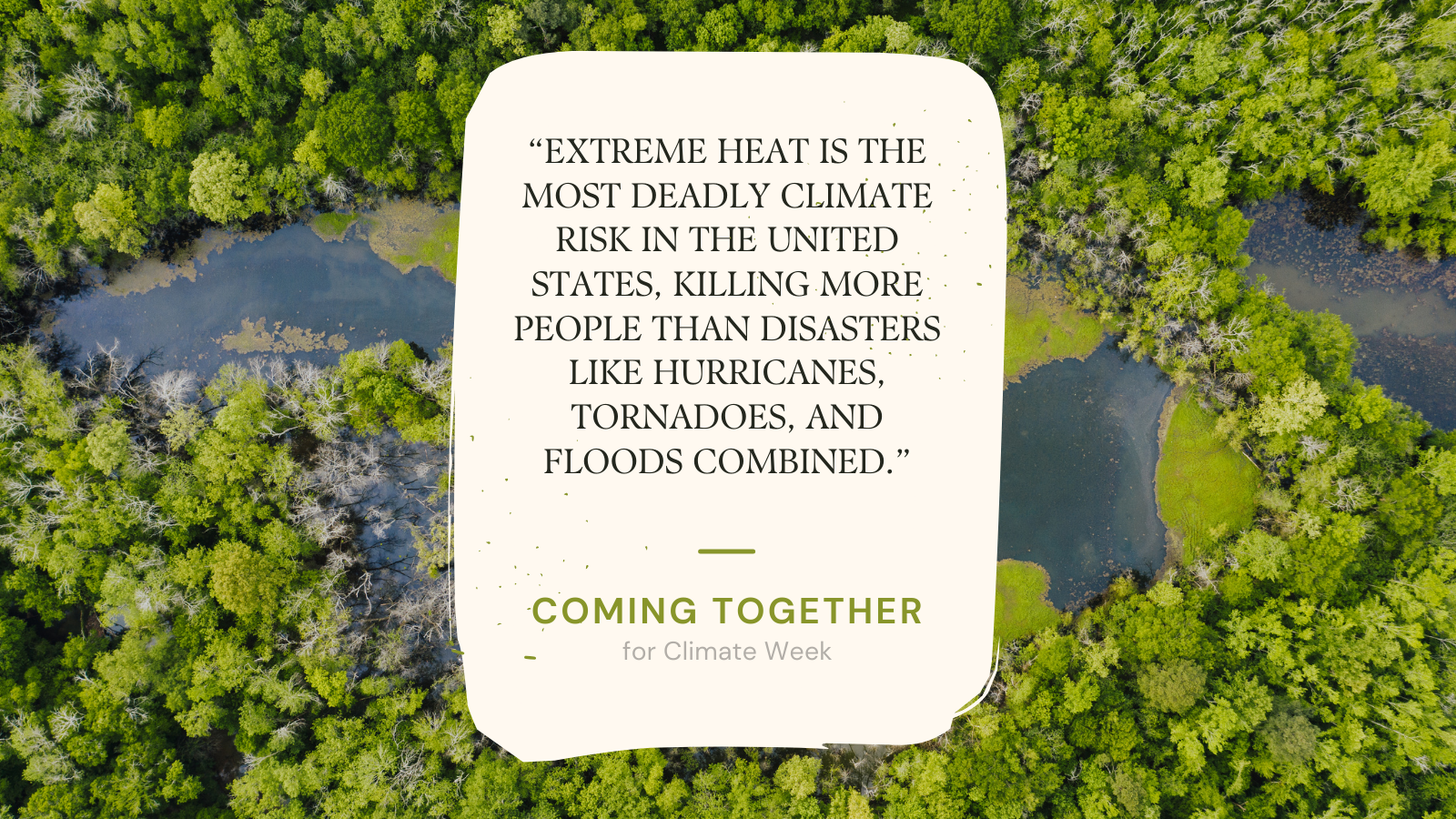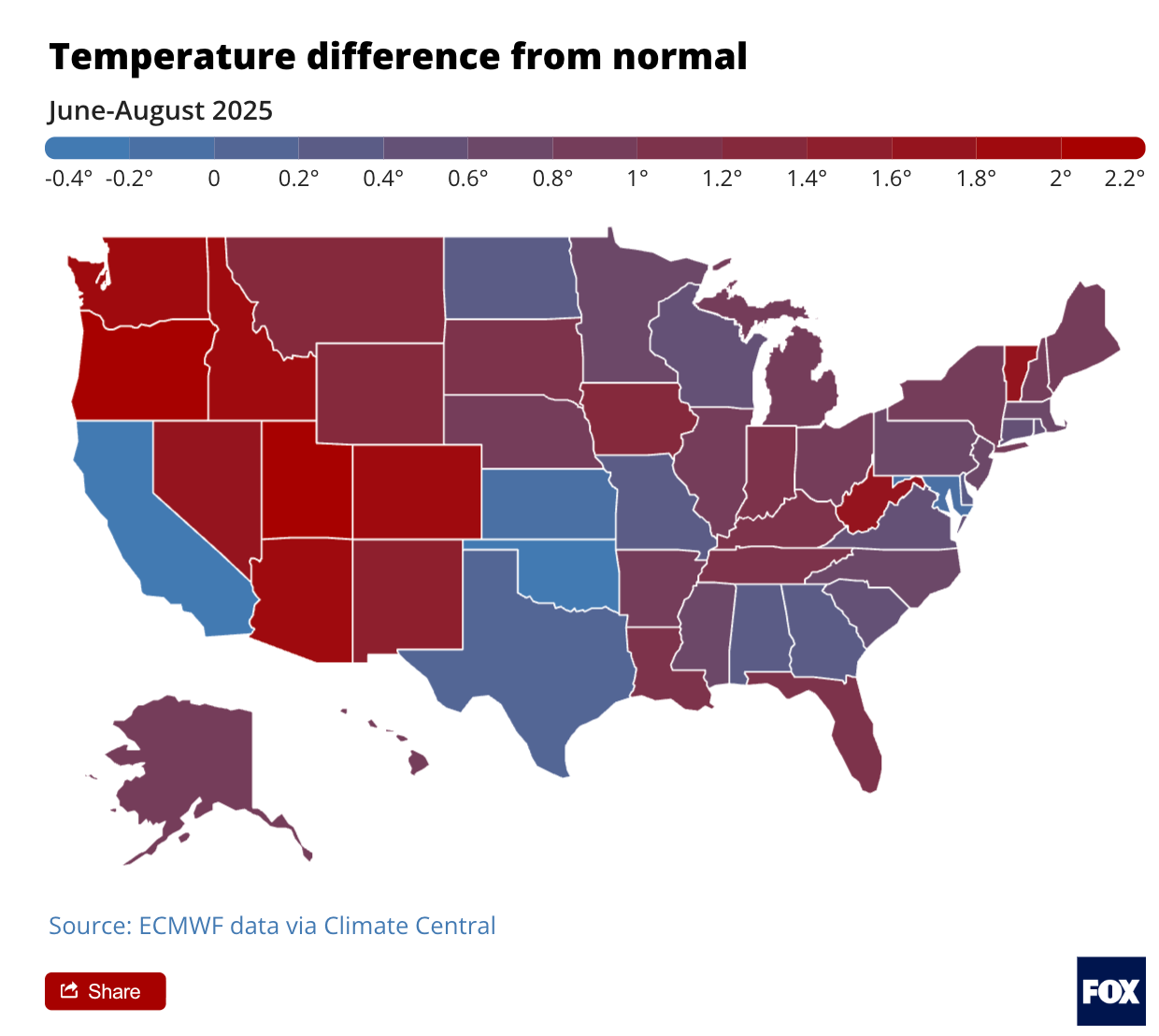Article: Harvard’s Climate Action Week: Extreme heat is the most deadly climate risk

Harvard’s Climate Action Week: Extreme heat is the most deadly climate risk
On September 18, 2025, city leaders from across the United States gathered at Harvard University for a hands-on Heat Simulation during Climate Action Week. The session paired officials with medical and policy experts to practice decisions for the deadliest climate threat in the U.S.—extreme heat.
Inside the Heat Simulation
Organized by Data-Smart City Solutions (Bloomberg Center for Cities) in collaboration with CrisisReady, the simulation walked participants through a full “day of extreme heat” based on Phoenix, AZ. Thirty-seven officials rotated through 29 sequences combining archival footage, briefings, and quick decision rounds across roles like Public Works, Utilities, Parks, Transportation, and Emergency Management.
“Extreme heat doesn’t follow the old summer calendar, and it impacts residents, infrastructure, and services in cascading ways. Preparedness demands coordination, real-time information, and clear playbooks.”
What Leaders Are Learning
- Plan for medical cooling and surge: Rapid cooling for heatstroke (e.g., ice and cold-water resources) requires logistics: supply, storage, transport, and on-scene readiness.
- Treat heat as a systems challenge: Power reliability, water access, street outreach, transit, and 911 operations all intersect during heat waves—and must be exercised together.
- Expect delayed health impacts: Vulnerable residents may present with complications days after a heat wave; tracking and outreach should continue beyond the immediate event.
- Address the cost barrier: Energy assistance programs (and communication about them) can be life-saving when residents avoid running AC due to expense.
- Update communications: Clear, multi-language, multi-channel heat messaging—before, during, and after events—helps people know when and how to cool, where to go, and what to expect if power fails.
- Use data to target action: Combining environmental signals (e.g., neighborhood heat patterns) with service data (EMS calls, utility alerts) can direct cooling resources and wellness checks more precisely.
Takeaway
Extreme heat isn’t a one-off emergency—it’s a recurring, intensifying condition. The communities that do best treat it like any other mission-critical operation: they practice together, stage cooling before it’s needed, align assistance, communicate clearly, and keep checking in after the heat breaks. If you do one thing this month, schedule a one-hour cross-agency tabletop, assign owners, stock the basics, and run it again before summer. Today’s practice becomes tomorrow’s coordinated response.
Source: Bloomberg Center for Cities at Harvard University. “Confronting Extreme Heat, Cities Prepare for a Silent Killer.” September 23, 2025. https://cities.harvard.edu/news/confronting-extreme-heat-cities-prepare-for-a-silent-killer/
